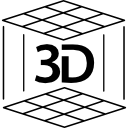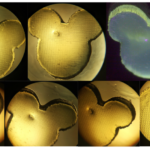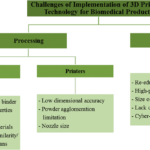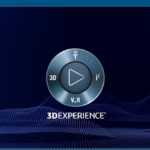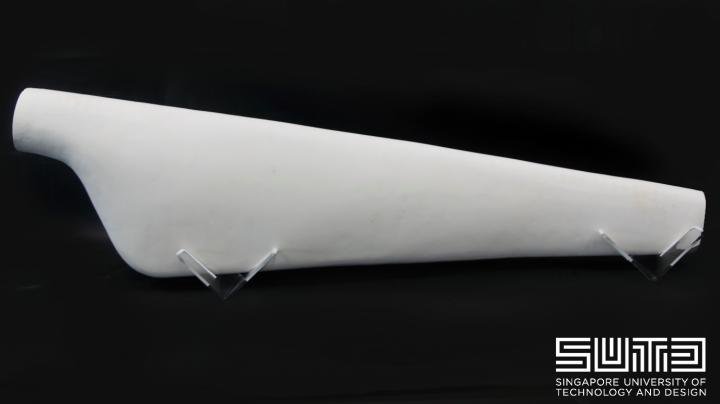


Cellulose is the most abundant organic compound on Earth, and researchers have been working on ways to 3D print it and take advantage of its ready availability. There are still plenty of issues that restrict the practical applications of 3D printed cellulose, however, including lack of scalability, high production cost and derivatives that cause pollution when used in combination with plastics. But recently researchers from the Singapore University of Technology and Design (SUTD) have developed a sustainable way to not only 3D print with cellulose, but to 3D print large objects with it.
Cellulose makes up the rigid walls of green plants, but the SUTD researchers looked elsewhere, taking inspiration from the walls of fungus-like oomycetes, which are reproduced by introducing small amounts of chitin between cellulose fibers. The resulting fungal-like adhesive materials (FLAM) are strong, inexpensive and lightweight, and can be processed using woodworking techniques.
No organic solvents or synthetic plastics are used to manufacture the material, making it fully environmentally friendly. The scalable, reproducable material is also biodegradable in outdoor composting facilities and other natural conditions. It’s affordable, too – FLAM is about the same cost as commodity plastics and is 10 times cheaper than common plastic filaments like ABS and PLA. The researchers have also developed an additive manufacturing technique specific to FLAM.
“We believe this first large-scale additive manufacturing process with the most ubiquitous biological polymers on earth will be the catalyst for the transition to environmentally benign and circular manufacturing models, where materials are produced, used, and degraded in closed regional systems,” said SUTD Assistant Professor Javier Gomez Fernandez, co-lead of the project. “This reproduction and manufacturing with the material composition found in the oomycete wall, namely unmodified cellulose, small amounts of chitosan — the second most abundant organic molecule on earth — and low concentrated acetic acid, is probably one of the most successful technological achievements in the field of bioinspired materials.”

The research was published in a paper entitled “Large-scale additive manufacturing with bioinspired cellulosic materials,” which you can access here.
“We believe the results reported here represent a turning point for global manufacturing with broader impact on multiple areas ranging from material science, environmental engineering, automation and the economy,” said Assistant Professor and project co-lead Stylianos Dritsas. “So far we have been focusing on fundamental technology development, and little time has been invested in specific target applications. We are now at the stage of seeking industrial collaborators to bring this technology from the laboratory to the world.”
The SUTD researchers are developing FLAM in response to a growing need for more sustainable manufacturing materials, and it’s a promising material, requiring no forest resources or cropland. 3D printing, like manufacturing as a whole, has been in dire need of more environmentally friendly 3D printing materials, and the SUTD team believes that FLAM could be the answer. The fact that the strong, lightweight material has lent itself so well to 3D printing large-scale structures is especially encouraging.
Authors of the paper include Naresh D. Sanandiya, Yadunund Vijay, Marina Dimopoulou, Stylianos Dritsas and Javier G. Fernandez.
Discuss this and other 3D printing topics at 3DPrintBoard.com or share your thoughts below.
[Source: Science Daily / Images: SUTD]
If you're in need of 3D interior and exterior design services in the USA, our platform offers a comprehensive solution to bring your architectural projects to life. Through our service, you can request detailed 3D renderings that showcase both the interior and exterior of your property. Whether you're designing a home, office, or commercial space, our experts deliver photorealistic visualizations that highlight every element, from furniture arrangements to building facades, ensuring that your vision is accurately represented.
Through our website, you can easily access 3D interior and exterior design services tailored to your specific needs. With our help, you'll be able to create stunning visual representations of your designs, allowing you to present them to clients, investors, or stakeholders in a professional and engaging manner. Our team focuses on bringing out the best in your designs, ensuring that both the interior spaces and exterior elements are rendered with the highest level of detail and realism.
